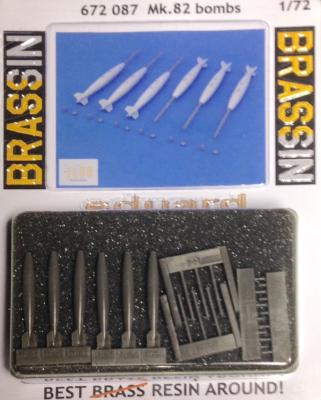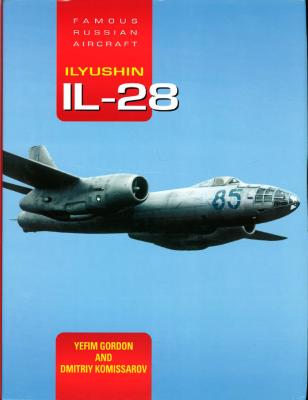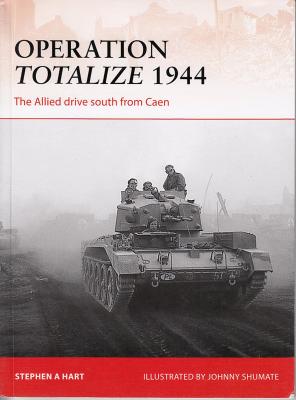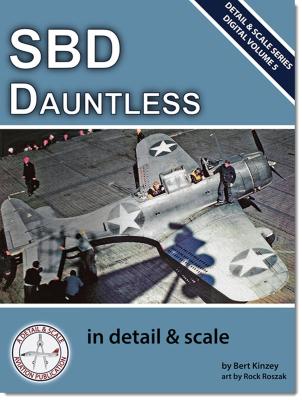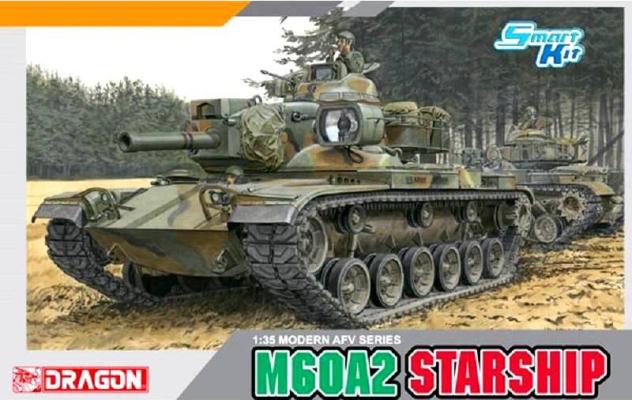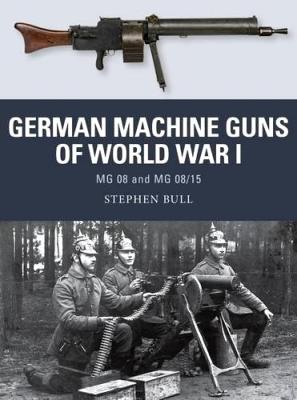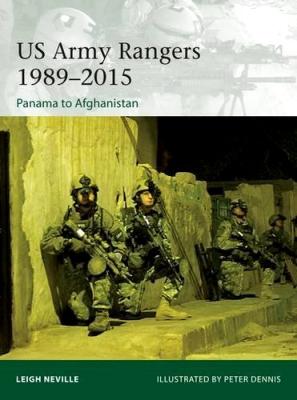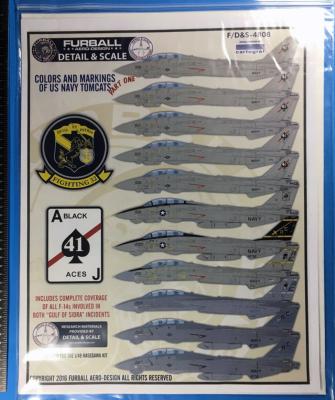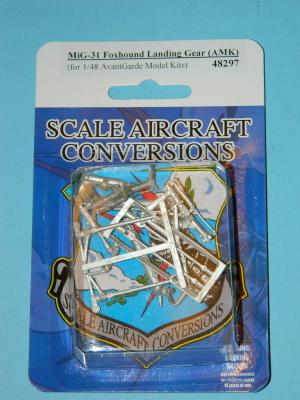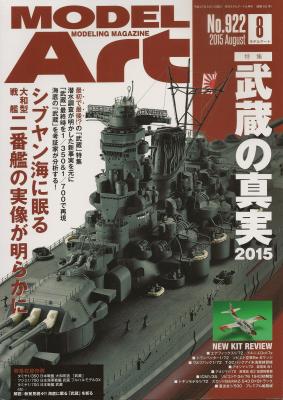The Mk. 82 is a 500 lb. general purpose bomb used extensively by the United States and its allies since the 1960s. The Mk. 82 is the smallest bomb in the Mk. 80 family of weapons, but it also the size most commonly used. The bomb can be fitted with either low-drag or high-drag tail assemblies and can be configured as a laser guided bomb with the appropriate guidance and tail fins.
What's New
Yefim Gordon was born in 1950 in Vilnius, Lithuania (then part of the Soviet Union) and graduated from the Kaunas Polytechnic Institute in 1972. He has been researching Soviet and Russian aviation history for more than 40 years. A professional photographer, Yefim Gordon has published hundreds of features and photographs in Russian and foreign aviation magazines. He has authored and co-authored more than 120 books on Soviet and Russian aviation.
Dmitriy Komissarov was born in 1968 in Moscow and graduated from the Moscow State Linguistics University in 1992. He has worked as a translator ever since, with the most of his work associated with his interest in aviation. Dmitriy Komissarov has authored two books and translated or co-authored more than 50 others. He has also written numerous magazine features in two languages on Soviet and Russian aviation.
This book covers the British/Canadian offensive to close the Falaise Pocket. After D-Day, the Allies were in a pocket surrounded by German troops and the ocean, and pretty much stuck in Normandy. The Wehrmacht, thinking the British forces in the north part of the pocket to be more likely to go on the offensive, moved their spare forces north to block a breakout.
The Allies were planning dual offenses in late July, having brought reinforcements in across the beaches and through the ports they held. Bad weather postponed these until Operation Cobra, the attack by the Americans in the south began. Cobra effectively destroyed the German defenses in the south, but left the center and northern forces intact.
The armored force continued to advance, and began to encircle the German forces opposite the center.
Thank you to Bert Kinzey and Rock Roszak for bringing back a tremendous resource for the modeler, this time in digital format. Thank you to the IPMS Reviewer Corps for allowing me to test out this new and exciting method of researching history, details, versions and markings of the Douglas SBD scout/dive bomber.
Developed in the late 1960s, the M60A2 was an ambitious attempt to create a multi-tasking battle tank to accompany the M60A1, one capable of firing both conventional 152mm rounds or the new Shillelagh anti-tank missile. It featured a rotating command cupola with integral machine gun and a distinctive low-silhouette turret. Because of its technologically advanced design it was nicknamed “The Starship” by operators. It went into service in 1972, and all told, 526 were manufactured.
Despite the hype, the vehicle proved to be a major disappointment, as the new anti-tank missile lacked both range and armor penetration capability. Consequently, it was phased out of service rapidly, the hulls being converted to M60A3 standards or being used as the basis for bridgelayers. The gun system, however, was incorporated into the M551 Sheridan air-droppable tank after revision due to its light weight.
Now that we stand 100 years from “The War to End All Wars”, it seems reasonable to step back a bit and reflect on the vast changes this war instigated, not the least being the changes to warfare itself. The Maxim machine gun was used in some form by virtually all of the belligerents in that war (France notwithstanding), but nowhere to the effect that the German Army employed it. Looking back, it seems amazing that not every military mind of the age was able to perceive the terrible impact such a device would have on combat, in a time when the “line charge” was still regarded as a staple of tactical thinking. Nonetheless, it was the German army that realized how such a piece of equipment could help make up the disparity in military might between a relatively new nation and a host of other nations amassed against them. It also ruthlessly brought the tactics of warfare into the industrial age.
The Rangers are an elite arm of the United States Army that ostensibly traces its roots back to Roger’s Rangers of Revolutionary War fame. More plausibly, this unit was created shortly after the bombing of Pearl Harbor, and has served as a highly trained mobile strike arm of the U.S. Army ever since.
This most intriguing book delves into their operations, training and equipment during the tumultuous latter portion of the 20th Century into operations taking place right now, showing a snapshot of a force which utilizes the very latest in technology and techniques to keep them in the forefront of elite military forces around the world.
Thank you Furball Aero-Design for sending these excellent decals for review, and thank you to the IPMS Reviewer Corps for letting me review them! I am very appreciative of the chance to contribute back to the scale-modeling community.
Once again, extreme appreciation and thanks to Ross at SAC for sending us another of your expansive line of metal landing gear, and thanks also to IPMS USA leadership for sending it to me.
And a special note on SAC customer service: Ross’ manufacturing team noted they had some “short shots” on their nose gear, whereby the axle itself was missing on one side. Ross offers a replacement to anyone who purchased the set with this minor defect, free of charge. GREAT service! This review set was one of those, and I noted it only when I opened the package…
Model Art Issue 922 is typical of other Model Art magazines in that it is written entirely in Japanese, with occasional English words, usually in article titles or in captions. This issue shows a large photo spread of the result of a conversion of the 1/350 Tamiya Yamato to the Musashi, specifically as she currently is, lying on the bottom of the Pacific Ocean. Also, there’s a pretty good review of the Wolfpack release of the US Navy T-2 Buckeye training jet. Plus, there are lots of advertisements showing what is available and new, always useful for building up that wish list.

